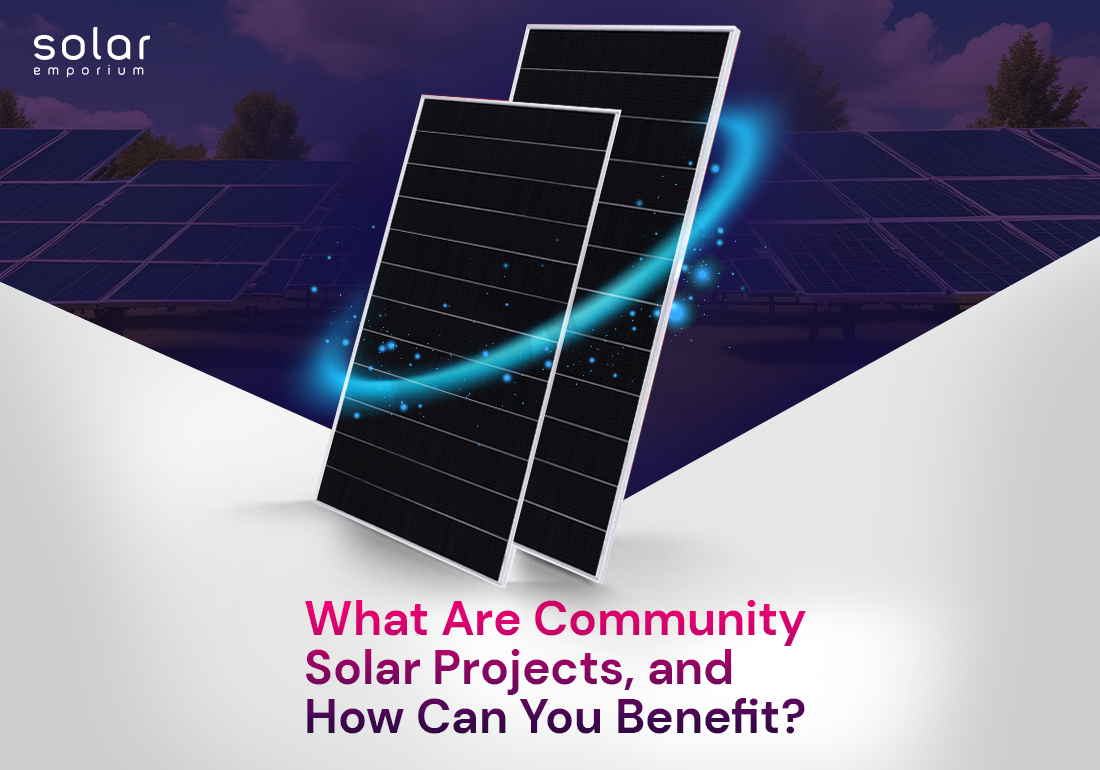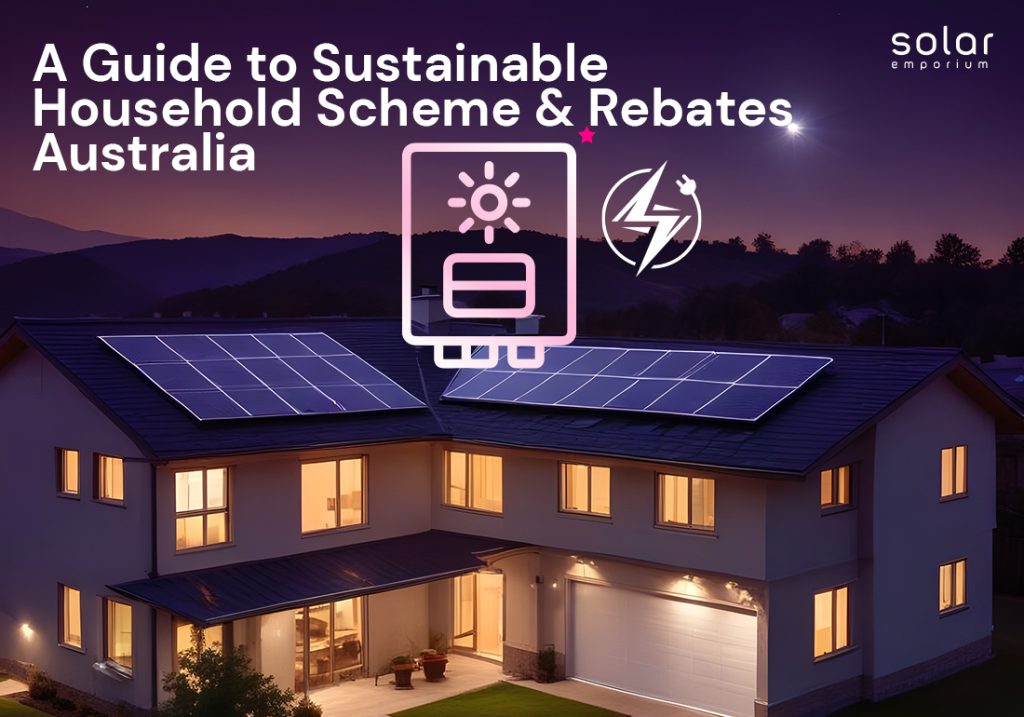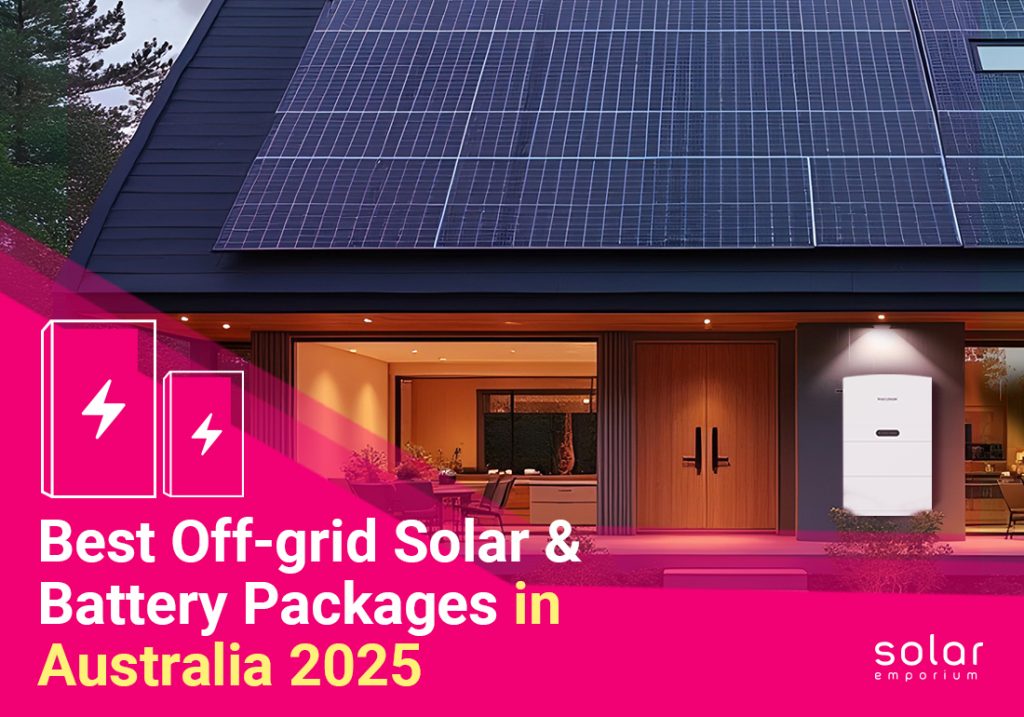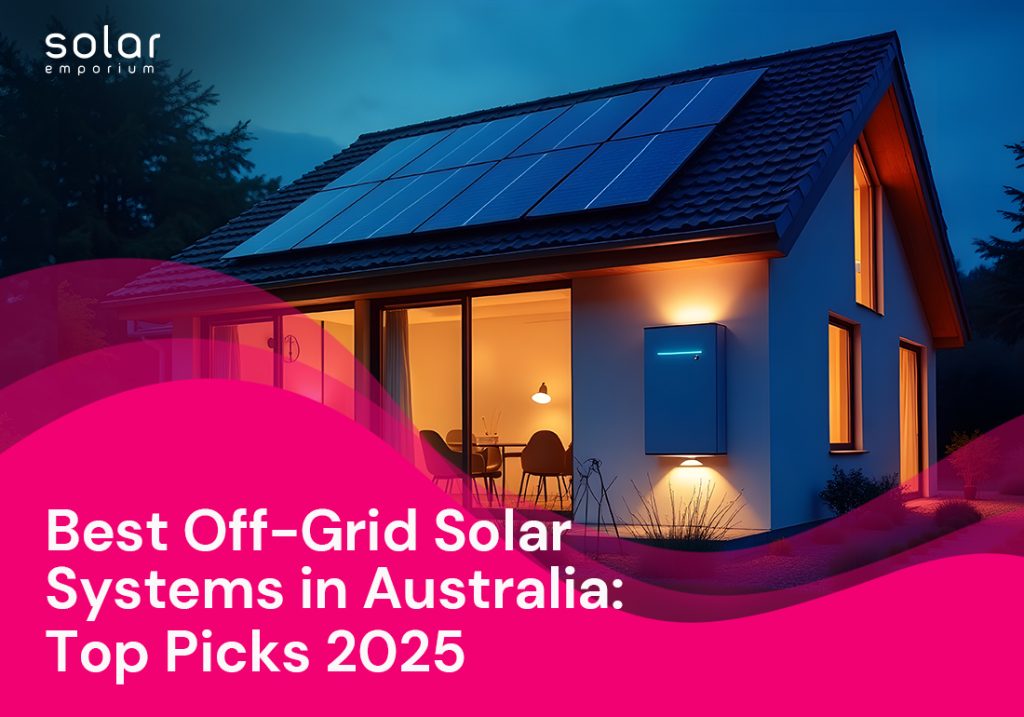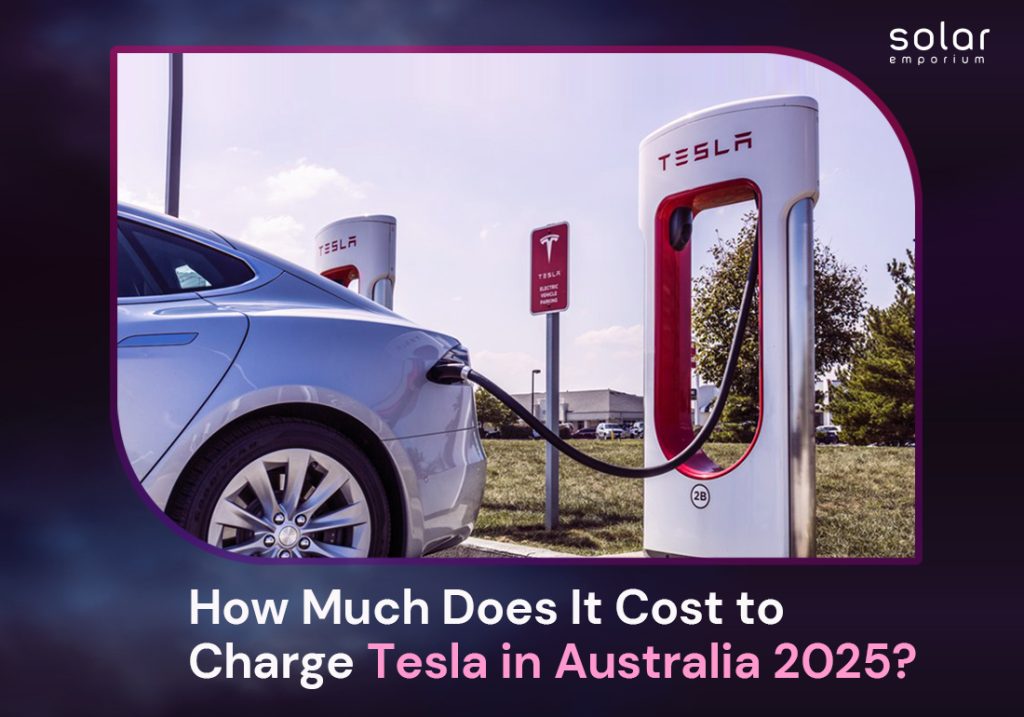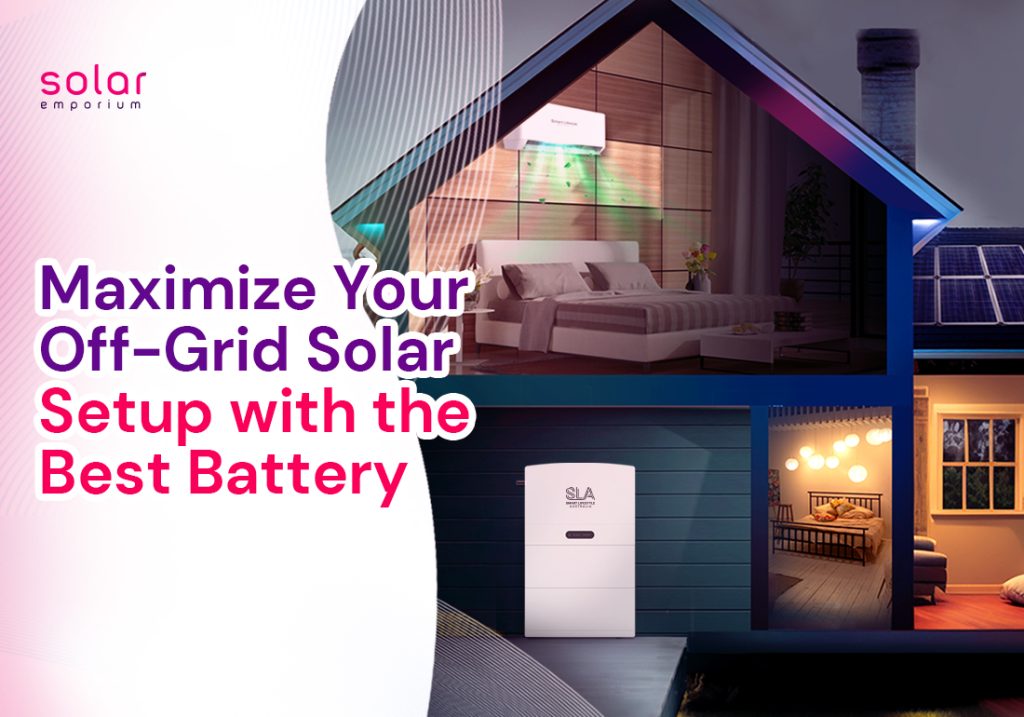In 2024, when the world is transitioning toward sustainable energy goals, solar emerged as a leading star of all renewable energy sources.
But have you ever considered enjoying all the benefits of solar without taking any hassle for installation and maintenance?
Here comes “community solar projects,” a groundbreaking solution for people without compatible roofs, budgets, or space. Through these shared projects, you and your neighbors can now effortlessly access clean, renewable energy.
Ready to explore this hassle-free way?
Let’s dive into community solar projects and explore the possibilities of how they pave the way to a greener future.
Understanding Community Solar Projects
Community solar project is a method by which multiple subscribers can share the unprecedented benefits of solar energy using only one large solar system.
These innovative solar projects unite a wide group of people and encourage them to take part in revolutionary renewable energy initiatives. It helps to make solar energy accessible to all.
In addition, the solar community ensures everyone supports clean, sustainable practices, ultimately leading towards a green, energy-efficient future together.
How Community Solar Are Leading the Way
Knowing how community solar works is important because, in this process, you don’t get the electricity directly from the solar farm. It’s a bit different from the traditional electricity and a home solar setup. So, how it works?
Here’s a step-by-step breakdown of how community solar works:
- Initially, a developer or utility company installs the solar panel at a suitable site in your community. The place must need good sun exposure.
- Then, the interested community members can choose a subscription model or purchase a share from the solar array.
- The electricity produced from these panels is then fed to the local grid system, where the participants receive credits on their electric bill, ensuring significant cost savings.
- The credited amount usually depends on their invested share type and the energy generated by their solar farm.
Why Community Solar Matters for You and Your Community
Community solar acts as a bridge between you and your neighbors. It connects the people and organizations around a geographic region, promotes environmental sustainability, and ensures social equity by working together.
Participating in these shared solar panel projects can save your electric bills and allow you to access renewable energy without any upfront cost or maintenance hassle.
Community solar offers great flexibility. They have various subscription models from monthly to yearly, so you can pick the one that best suits your budget.
Lastly, by stepping into this project, the people, neighbors, organizations, and government collaboratively share the benefits of solar energy distribution while simultaneously fulfilling the common goal of sustainable energy.
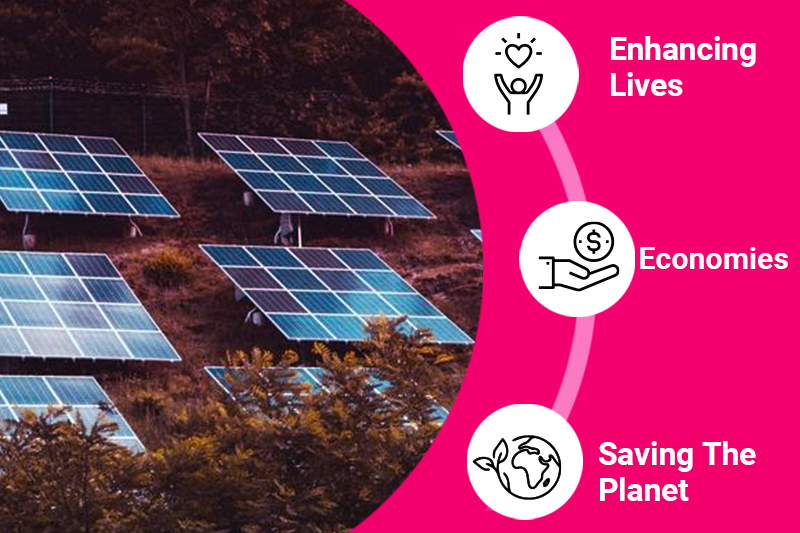
Unlocking the Triple Benefits of Community Solar: Enhancing Lives, Economies, and Saving the Planet
Beyond just powering homes and saving energy bills, there are several blessings that community solar projects bring to our lives.
Imagine how just a simple cooperative approach can enhance everyone’s lives, boost the local economy, and shield our planet. Fascinating, right?
So, without any further ado, let’s explore how this innovative model is creating a brighter, more equitable, and greener future for all:
Enhancing Lives with Community Solar
Widens Access to Renewable Energy
Want to invest in solar energy but don’t have your own home or have a damaged, incompatible rooftop? With community solar power, the renters of Australia can now be a part of this energy revolution and save around 5 to 20% of their electricity bills.
Besides, it removes the financial barrier, making it accessible for low-income people with limited budgets as they can’t afford the high upfront cost.
Ensure Energy Independence and Grid Resilience
The collective effort of community solar offers uninterrupted electricity, making it a cost-effective, reliable option during natural disasters, power outages, or any disruption.
Mass people investing in large-scale community programs also reduce the local grid load and enhance grid stability.
Enhance Community Engagement
Community solar projects can also strengthen the bond, enhance well-being, and increase social cooperation. It brings social harmony and community spirit, leading towards a lively and vivid city life.
Support Economic Growth
Investing in this shared solar project can be an amazing way to stabilize energy prices. From the savings, subscribers can start new businesses or invest in other places to stimulate the local economy.
These projects create job opportunities in diverse fields. From maintenance to monitoring or installing solar panels, it helps to ensure skills development that further leads to economic growth.
Shaping a Sustainable Environment
Reduce Carbon Footprints
Solar offers a clean energy source, so no harmful greenhouse gas emissions exist in the case of community solar projects. However, it also reduces the reliance on fossil fuels, improves air quality, and helps to combat environmental pollution.
Promotes Sustainable Use of Resources
In Australia, people are considering adopting solar energy for their energy needs. The number has significantly escalated to over 3 million in 2024 due to the country’s abundant sunshine.
Since sunlight is a renewable source and will continue to shine for long, harnessing this energy helps reduce our reliance on other traditional energy sources.
Hidden Challenges of Community Solar Projects
Well, you are perfectly aligned with the benefits of the community solar project. There are some drawbacks as well. These challenges require proper consideration before investing in these shared community projects.
Let’s dig out the challenges of community solar projects to make an informed decision:
- You might need to pay more for community solar projects in a monthly subscription. It varies according to the service providers, local people, and other factors.
- They do not offer any incentives or rebates for the subscription model.
- Community solar projects have limited availability and require vast open space. So, it might not be available if you are living in small, overcrowded areas.
- Economic uncertainties, like changes in energy prices, market competition, and emerging advanced technologies, can impact community solar projects.
- Ensuring equity and addressing barriers is essential as different categories of people collaboratively invest in a single project. There could be varied opinions and expectations.
- Last but not least, fair pricing is a mandatory consideration. It would be better if utility companies set various pricing models, think of cost savings, making solar energy affordable and accessible even for low-income people.
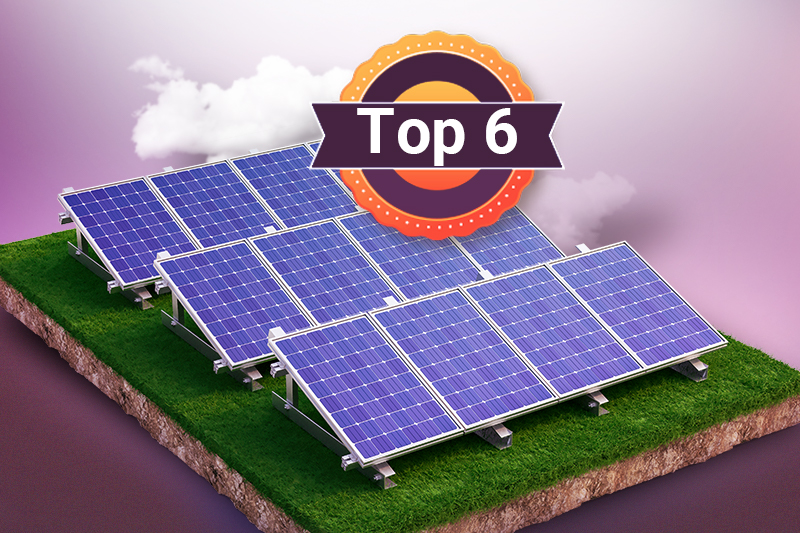
Top 6 Community Solar Models in Australia for 2024
Energy needs and financial objectives are two vital parts that are interlinked with each other. When choosing the best plans or modules, each factor can influence the other in a significant way.
So, it’s important to keep the balance between payment models and the energy needed to serve Australia’s diverse populations.
Struggling to choose the best module?
Here are detailed guidelines to help you make your decision:
Subscription-Based Models
In this payment model, individuals pay a subscription fee to a local community solar provider. The subscription fee can be paid monthly, quarterly, or yearly based on the local provider’s specific set of rules and regulations.
Pay-as-You-Go Models
It allows consumers to pay on a pay-as-you-go basis. It’s like a prepaid system where users pay for the energy they use. They can also purchase a certain amount of energy for later use. This option is flexible for low-income people as they can’t pay massive amounts at once.
Lease Agreements
Lease agreements are when some participants lease solar panels or systems from a provider and pay them a monthly or annual lease fee.
It covers the cost of using the solar equipment maintenance, and at the end of the lease period, the shareholders can reissue the lease agreement, buy the whole setup, or simply remove it.
Power Purchase Agreements
This setup is commonly used in larger communities where the consumers purchase the energy at a fixed rate per kilowatt hour under specific terms and conditions. It offers long-term savings and doesn’t require any installation cost.
Here, the provider installs and maintains the whole thing, and the participants only pay for the energy consumed after calculating the electrical load for home appliances.
Equity Share Models
By investing in this model, participants can purchase the share equally. Here, the shareholders get an equal share of profits or receive credits on their electric bills. This model helps to manage any unexpected risk and encourages more people to invest in community solar projects.
Hybrid Models
Like its name, hybrid solar models include all the models mentioned above. This blended model can be a good choice for people with diverse needs. It allows customization depending on your energy use pattern and financial situation.
Also, its flexibility and versatility made this payment method a widely popular and attractive option for solar.
Australian Government Rebates and Incentives for Community Solar Projects
The Australian government offers various incentives and government rebates. Undoubtedly, it is an excellent way to keep people more engaged in investing in solar projects and contributes to a greener, brighter tomorrow.
According to a recent survey, the government is investing $100 million in Community Solar Banks, which is expected to reduce the electricity costs for more than 25,000 households in Australia.
Among various offerings, two noteworthy financial incentives are the Small-scale Renewable Energy Scheme (SRES) and Renewable Energy Target (RET).
By trading Renewable Energy certificates, these systems give people financial incentives for small-scale and large-scale renewable energy installations.
The government also created State-based subsidies and incentives to foster community engagement. It offers reductions in electricity prices, discounts, credits, and other rewards.
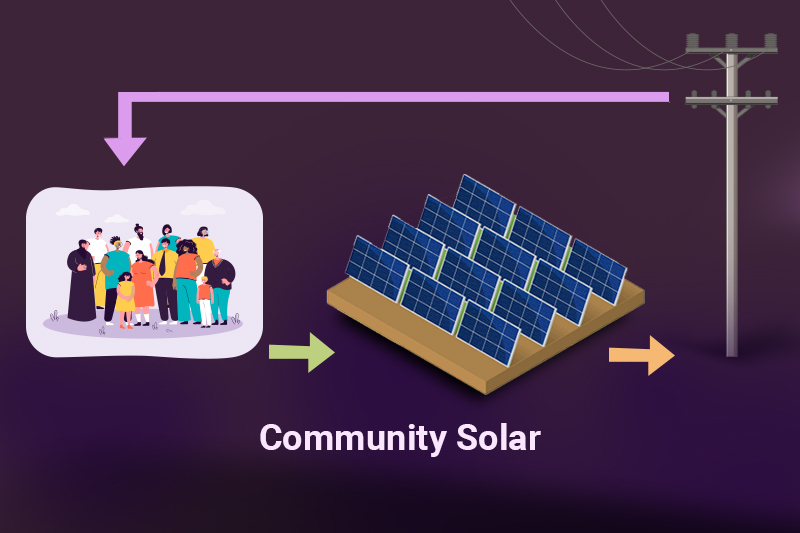
A Journey into the Community Solar Garden Projects in Australia
As Australia increasingly embraces renewable energy, the concept of community solar banks become widely popular.
These community solar programs and initiatives are designed to make clean energy accessible to everyone, allowing broader participation and support for renewable energy efforts in local areas.
Most of these community solar projects in Australia are supported by the government. They partnered with the Australian states and territories to deliver this program in different locations within a specific time.
The first-ever solar bank in Australia is The Haystacks Solar Garden Australia. This project was also granted by the NSW Government’s Regional Community Energy Fund.
Many projects are still under construction and expected to be delivered within the next two years.
Here is a list of several other community solar projects around Australia:
Solar Communities Program: This program, managed by the Australian Government, funds community groups, non-profits, and local councils to install solar panels on community-owned buildings and facilities.
Victorian Solar Communities Program: The financial benefits of the Victorian Government’s solar rebates program support the community solar projects. It offers interest-free loans for solar installations inside Victoria.
Solar Gardens Project – Australian Capital Territory (ACT): Situated in Canberra and surrounding regions, this project aims to expand the use of solar for all groups of people.
Yarra Energy Foundation’s Community Solar Program – Victoria: This ongoing program allows Melbourne, Yarra City’s residents, to invest in solar projects on local buildings. Here, the benefits are distributed via electricity bill credits.
Empowering Homes Program: Empowering Homes offers interest-free loans for solar installations, which can be applicable to community groups in New South Wales.
Solar Share: Based in New South Wales, Solar Share operates community solar gardens where participants can buy shares in solar installations and receive a portion of the energy generated.
For any solar-related query, contact Solar Emporium and win a free solar quote today.
